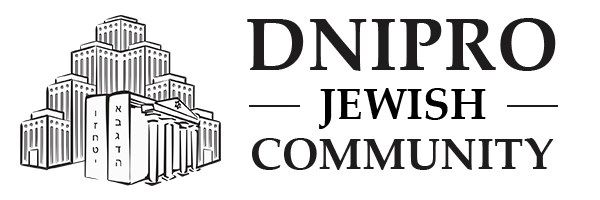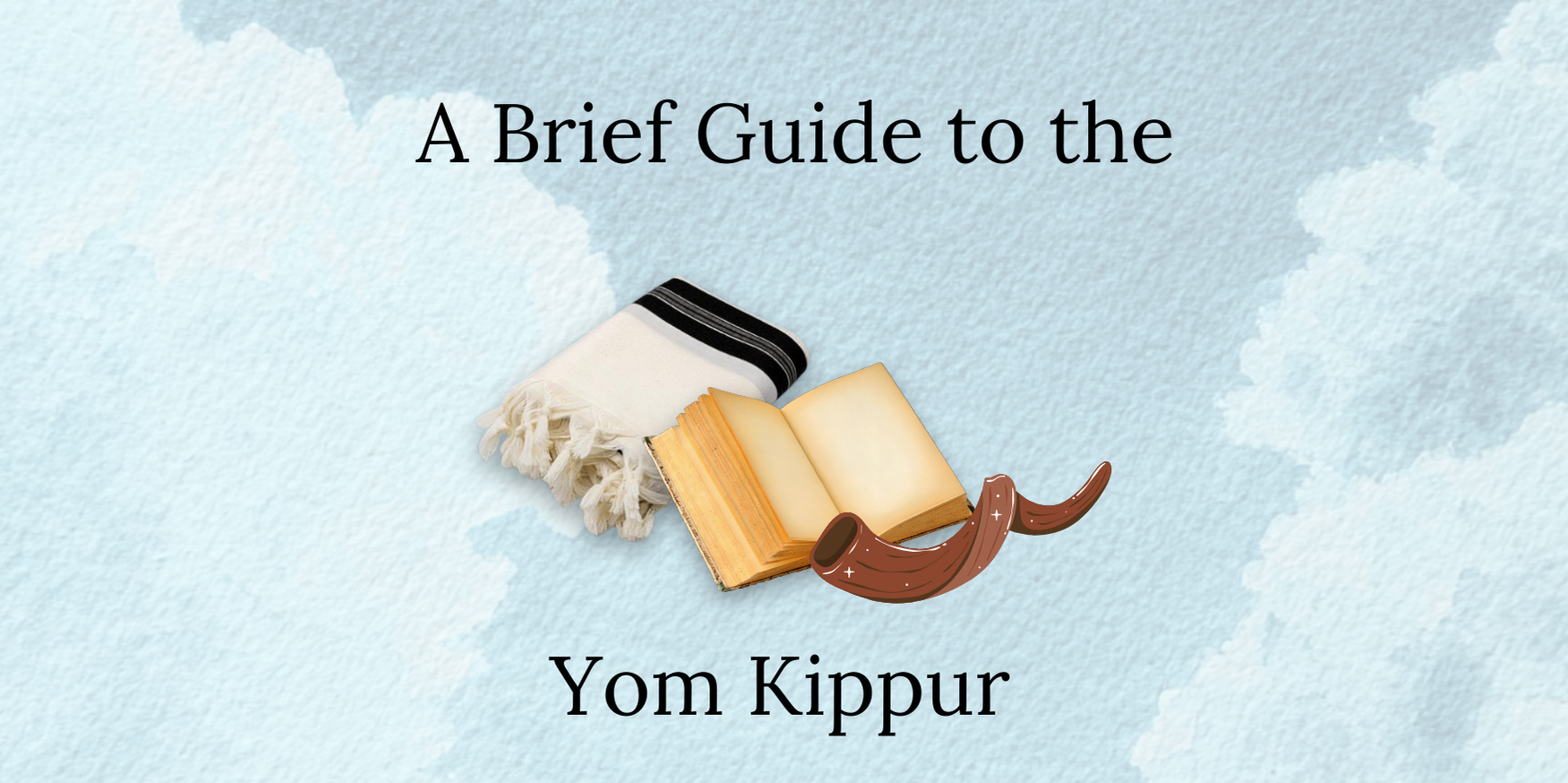Yom Kippur – the Day of Atonement – is the pinnacle of the spiritual ascent that prevails among Jews for forty days. The first were the thirty days of the month of Elul – a time for sincere accounting, self-analysis, and summing up the past year. Then came the Ten Days of Repentance from Rosh Ha-Shanah until the Day of Atonement.
Yom Kippur is the holiest and most elevated day of the year, when Jews, forgetting worldly affairs, completely devote themselves to atonement and purification from sins committed.
To come to the Day of Atonement internally prepared, a person analyzes the past year, remembers their transgressions against people and God. A person is not an angel; they are prone to error, but God is always ready to forgive those who sincerely repent. That is why the Day of Atonement brings Jews not fear, not spiritual torment, nor horror before the Heavenly Court, but joy and spiritual uplift. Rising above the earthly, standing sincerely and completely before the All-Good and Forgiving One, we gain hope, and even confidence, that we will be inscribed for a happy year.
“The verdict is passed on Rosh Ha-Shanah and sealed on Yom Kippur,” Jews repeat from generation to generation on the Day of Judgment. “For on this day He will forgive you, to cleanse you from all your sins.”
Thirty-three centuries ago, in the Sinai Desert, after the sin of the Jews – the worship of the Golden Calf – Moses ascended Mount Sinai to plead with God for forgiveness for his people. On Yom Kippur, he returned, brought down the new Tablets of the Covenant, and the joyful news: “I have forgiven as you have asked!” Since then, Yom Kippur became the day of All-Forgiveness and simultaneously the first day of studying the Great and Holy Torah…
The day when God absolves a person’s sins is strict and solemn. During these 25 hours, it is forbidden to eat, drink, wash (one may only wash their fingers after sleep and using the toilet), use cosmetics, or wear leather shoes (only shoes made of rubber, synthetic materials, or felt are permitted). Any work and marital relations are forbidden on this day. However, Jewish religious law states: if an experienced doctor, even a non-Jew, believes fasting is dangerous for a patient, they must obey and break the fast, following the rabbi’s instructions.
This year, candle lighting on October 1 is at 6:01 PM, and the fast begins at 6:19 PM.
Jews spend Yom Kippur in the synagogue with prayers permeated with requests to God for forgiveness and atonement for sins committed by each individual and the entire Jewish people. The holiness of this day itself possesses the power that facilitates the forgiveness of sins.
The synagogue service begins with the most respected members of the community taking out the Torah scrolls, who then stand on either side of the chazzan (cantor). The cantor recites Kol Nidrei three times, and all those present quietly repeat each word of the prayer after him. After Kol Nidrei follows the evening service, where special prayers recited only on the night of Yom Kippur are said.
The next service – the morning prayer Shacharit – begins at 10:00 AM. After the Torah reading, Yizkor – the memorial prayer for the deceased – is recited. Those whose parents are alive leave the synagogue hall during this time.
On Yom Kippur, the Book of the Prophet Jonah is read in the synagogue, which reveals the main idea of the Day of Atonement: forgiveness for those who repented and returned to the righteous path. This happened in the time of the prophet Jonah with the inhabitants of Nineveh – a rich and beautiful ancient city mired in sin and vice. Jonah called the inhabitants of immoral Nineveh to repentance, warning that otherwise the city and its people would perish. And all the townspeople – from the king to the lowest slave – heeded the voice of the prophet, abandoned their wicked lives, and thus saved themselves from God’s wrath.
The Almighty forgives if He is asked, as the example of Nineveh shows. One only needs to recognize and feel one’s guilt, praising with a pure heart “God who is merciful and forgives our sins.”
After the Mussaf and Mincha prayers, the most solemn (and final) service, Ne’ilah – the pinnacle of all Yom Kippur prayers – begins. It concludes with an expression of our unwavering devotion to God and readiness, if necessary, to die for the Jewish faith, as the holy martyrs did in the past.
By the end of the final prayer of the Day of Atonement – “Ne’ilah” – even the most hardened soul is overcome with great emotion. Repentance can elevate a person highly, can raise them to a moral level unattainable before their fall. And their previous misdeeds, which served as the cause for moral rebirth, are now considered “as if they were merits.” This amazing ability to transform sins into merits, the greatest evil into the greatest good, is what distinguishes repentance – teshuvah.
It is the duty and obligation of every Jew to return to God. “Return to Me, and I will return to you.” But without effort, without a sincere striving for perfection, a person cannot return to the path of the Almighty.
Then the final blast of the Shofar sounds, and the Holy Day is concluded with the words: “Next year in Jerusalem!”
With the onset of night, after the Ma’ariv prayer and the recitation of Havdalah, the Yom Kippur fast ends. Filled with confidence that God heard the prayers and “inscribed and sealed us” for a happy year, they immediately begin preparing for the building of the sukkah – one of the great commandments of the joyful holiday of Sukkot, which begins in four days.




